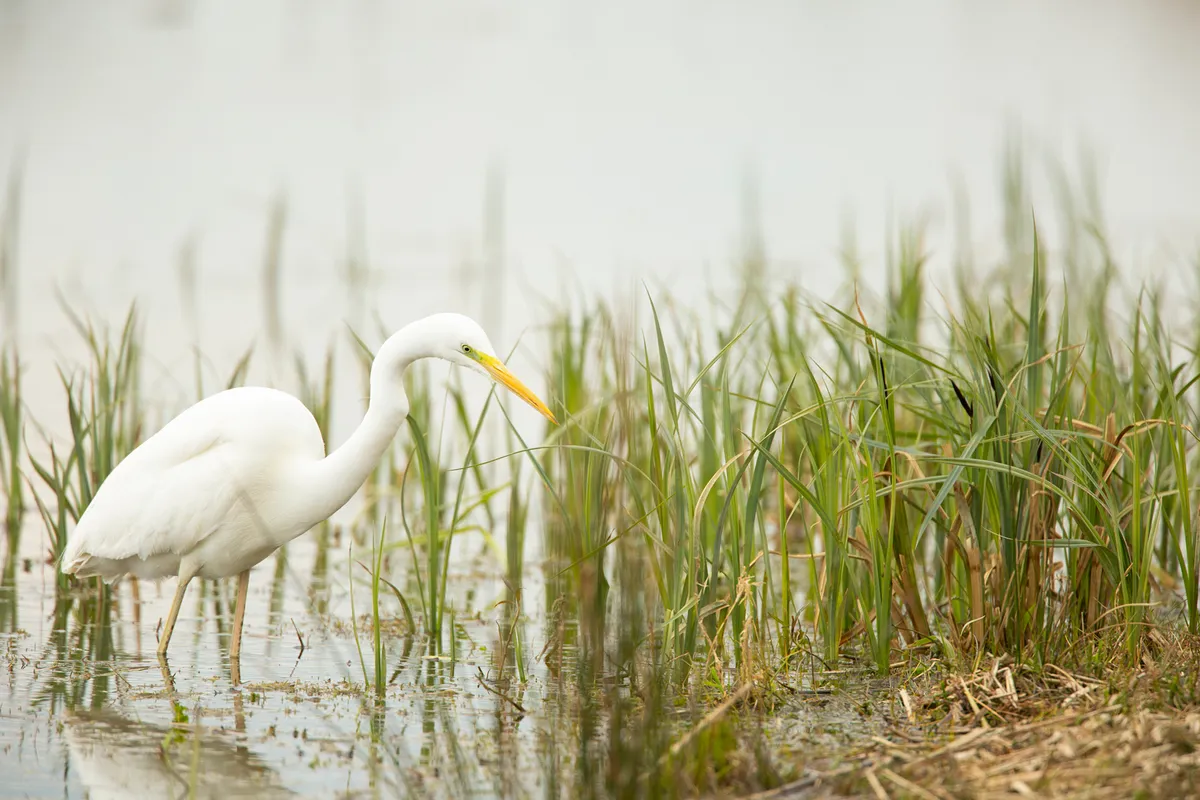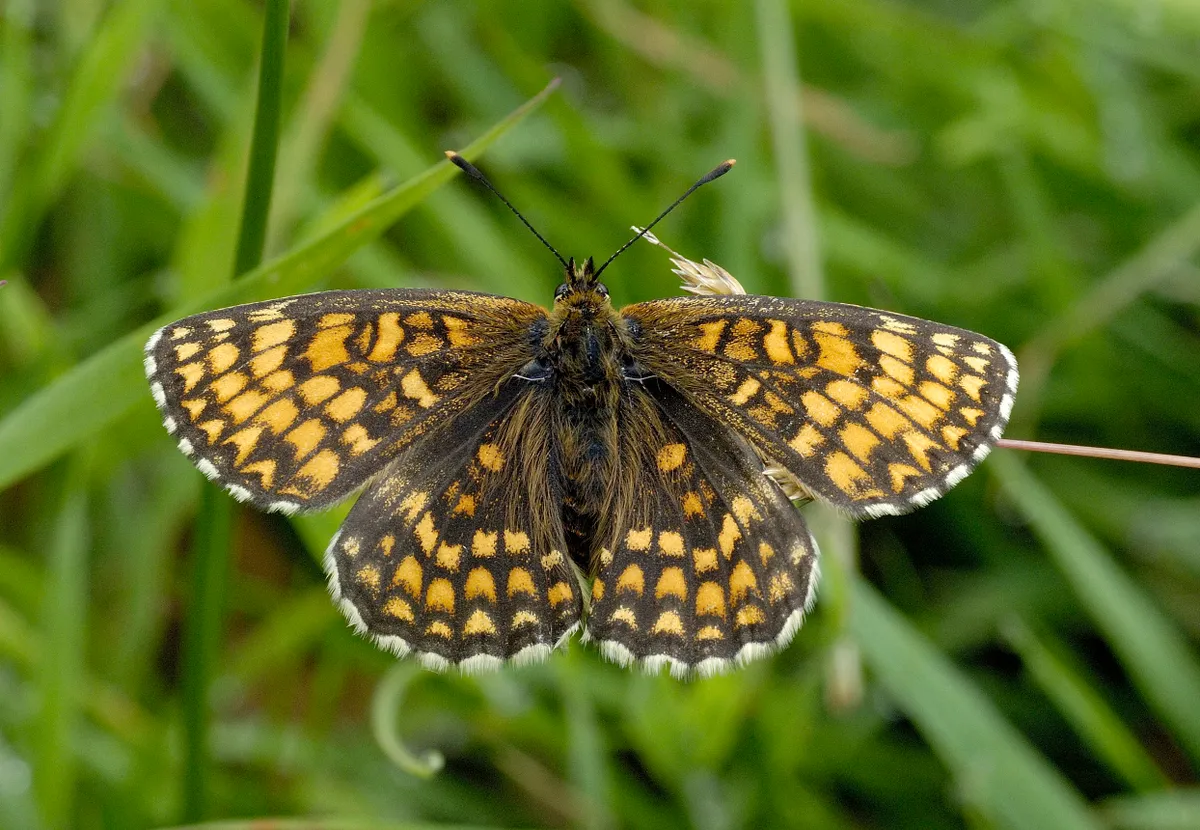Due to the global coronavirus pandemic, 2020 was a challenging year for many of us. When it came to wildlife conservation work in the UK, Covid-19 restrictions meant that certain activities to help species in need were unable to take place.
“Like every part of society, nature conservation was affected by the coronavirus and the restrictions that dealing with it required,” explained RSPB’s Director of Conservation, Martin Harper.
“Vital conservation work had to be paused and much of the monitoring work that we would normally carry out was not possible.”
Fortunately, even in spite of these setbacks, it wasn’t all bad news when it came to the UK’s wildlife, “... many of the species that call our reserves home managed to have a successful year,” said Harper.
In fact, many threatened species enjoyed a record breeding season, including stone curlews and roseate terns.
Wildlife highlights of 2020
Spoonbills — an extremely rare breeding bird in the UK — were undoubtedly one of the highlights of the report, with 3 pairs nesting at RSPB Havergate Island resulting in the first successful nesting of these birds in Suffolk for at least 300 years. And at RSPB Faiburn Ings, where spoonbills first bred in 2017, they are thought to have raised a total of five young.

Great white egrets fledged an impressive 11 young at RSPB Burton Mere, and at least 3 great white egrets built nests on another reserve where they hadn’t bred previously.
At RSPB Pagham Harbour, cattle egrets bred for the first time, fledging five young.
Breeding stone curlews were recorded at their highest ever number, up to 29 pairs from 23 on the same sites in previous years, and roseate terns also enjoyed record numbers with 130 breeding pairs — the highest number recorded since the 1970s.
It was also a good year for cranes, with 23 pairs found across nine sites, including at a reserve on the Suffolk coast — the first time they have nested here.
But although RSBP reserves are best known for their birds, they’re also of critical importance for many species of plant and animal.
More than 18,500 species were recorded living on these reserves in 2020, with more than 3,000 being of conservation concern.

The heath fritillary is rare in the UK, but 2020 proved to be one of the best years on record for the butterfly in Kent, with Blean Woods being the best site for the species in the UK according to Butterfly Conservation.
Fen raft spiders (the UK’s largest spider) were reintroduced to RSPB Cantley Marshes in 2012, where they have been thriving. Last year they continued to do well and were found to have colonised nearby Strumpshaw Fen.
2020’s blows
Although it’s uplifting news that there have been many wildlife success stories in the UK during 2020, there were still some small disappointments and setbacks for other species.
There were hopes for hen harriers at RSPB Geltsdale, where six birds were present in March last year. Two nests were built with clutches of five and seven eggs, provisioned by one male. However the male sadly disappeared in May, resulting in the failure of both nests. A second adult male present in the area also disappeared around the same time.
And for the second year running, despite nesting every year from 2014 to 2018, no black-winged stilts nested on any RSPB reserve.
Hope for the future
The nature conservation charity manages a wide variety of habitat across 224 reserves in the UK, covering an area four times the size of the Isle of Wight. The reserves are extremely important refuges for wildlife, supporting more than 10% of the breeding population of 35 species of bird, although they cover only about 0.6% of the UK’s land surface.
Although the RSPB has seen many successes in its work to conserve nature, it says that nature reserves along will not stop the UK’s wildlife from vanishing, and calls for the government to ensure that 30% of land is protected and managed for nature, and that further action should be taken to remove direct threats facing threatened species in the country.